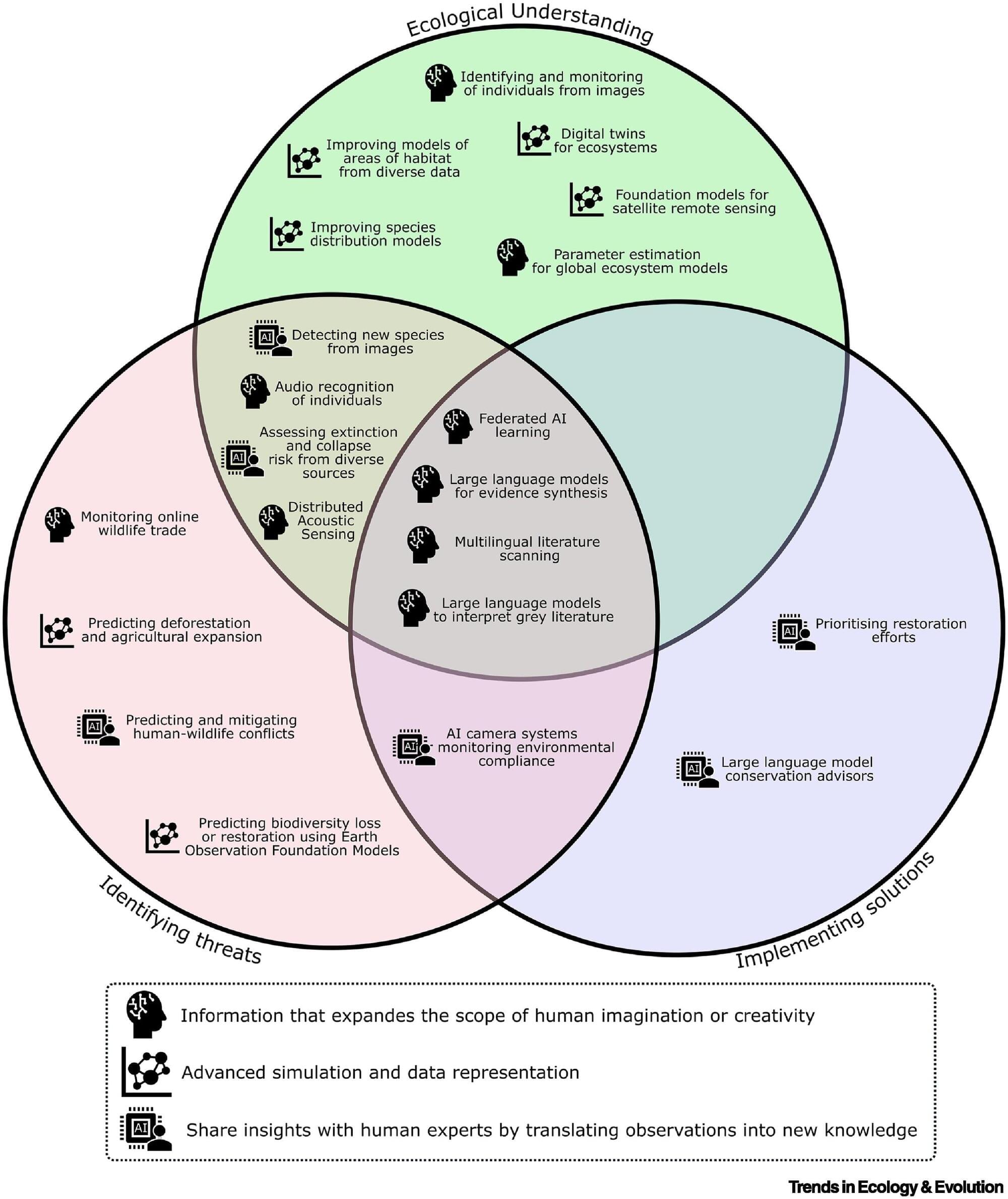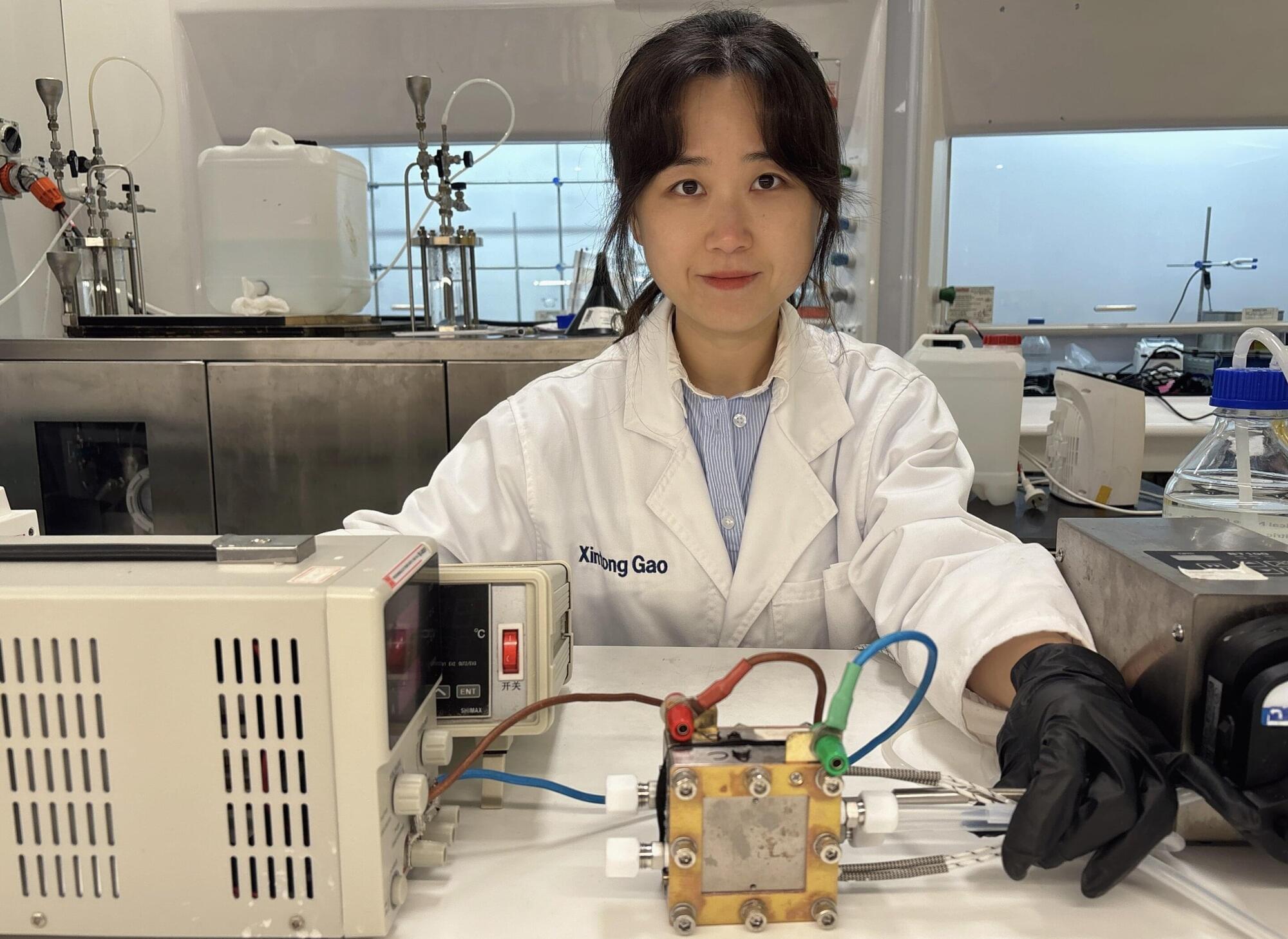A small team of engineers from the U.S., Chile and Ireland has found a way to extract more water from drier air, allowing for water production in arid places like the Atacama Desert. Their paper is published in Device.
Instead of looking for ways to improve sorbent materials, the team sought to optimize the way hydrogel-based water-capture systems work.
Scientists believe there will be a global water crisis in the coming years. As the demand for fresh water increases and existing sources become depleted, new sources are required. One popular area of study involves extracting water from the air.









